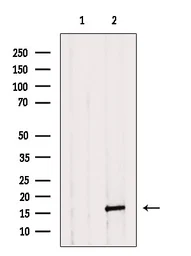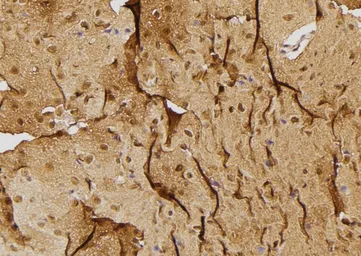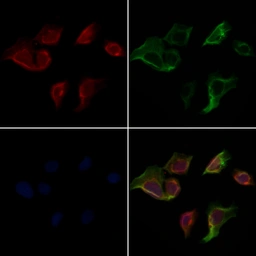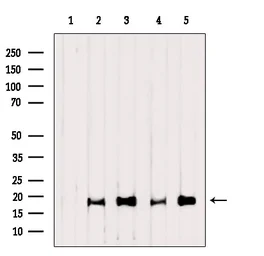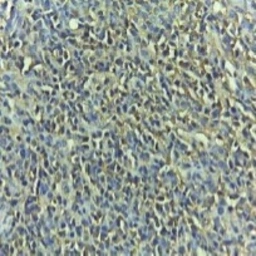Caspase 3 (cleaved Asp175) antibody
Cat. No. GTX03281
Cat. No. GTX03281
-
HostRabbit
-
ClonalityPolyclonal
-
IsotypeIgG
-
ApplicationsWB ICC/IF IHC-P
-
ReactivityHuman, Mouse
